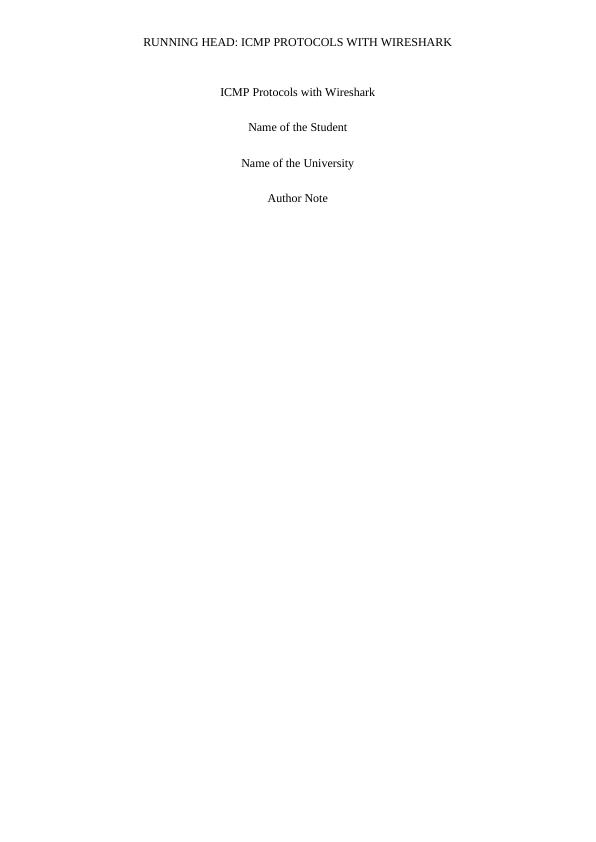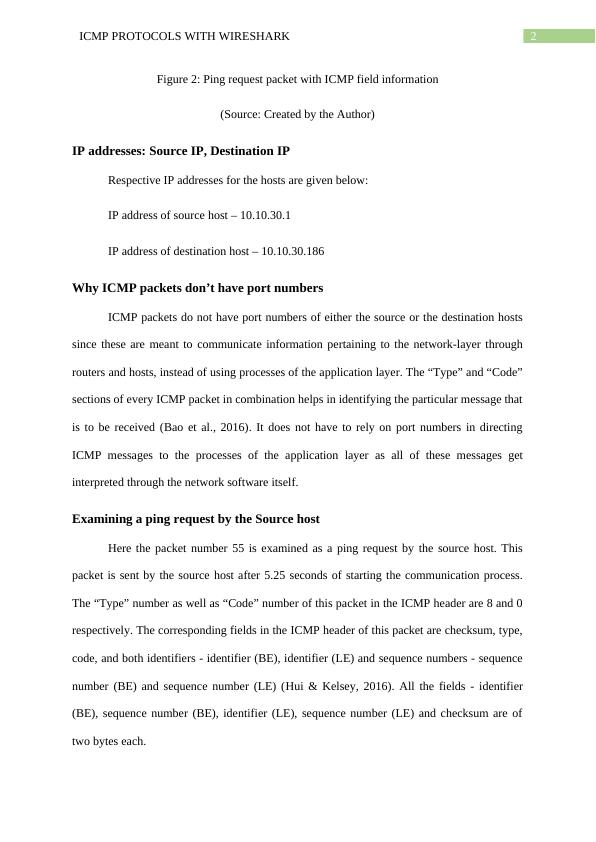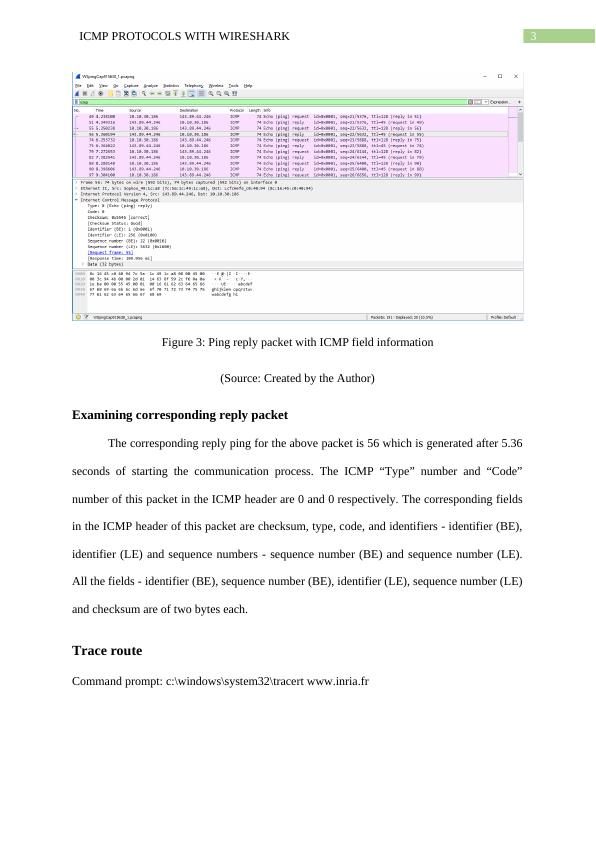ICMP Protocols with Wireshark
Added on 2023-04-21
17 Pages2228 Words389 Views
End of preview
Want to access all the pages? Upload your documents or become a member.
MITS4004 Research Study: Networking
|17
|2522
|493
Data Communication
|18
|1719
|295
Wireshark Lab: ICMP and Traceroute
|21
|3293
|430
Research and Analysis of Networks
|23
|1613
|478
Data Communication: ICMP and Ping, ICMP and Traceroute, Captured Trace, Fragmentation
|14
|1747
|221
Networking and Communication
|14
|1369
|163




